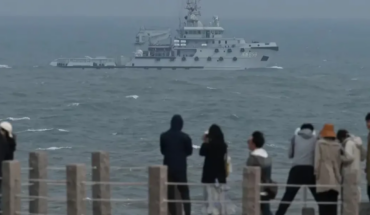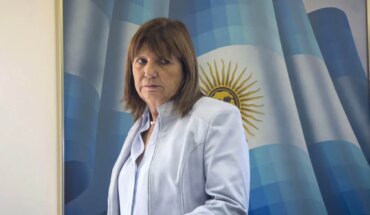The Ministry of Health presented this July 17th the new Risk Traffic Light for COVID-19, which will be in force during the following week, from 20 to 26 July, in this one appear in orange 14 states, one less of those that were in that color the last time it was updated, on July 3, while another 18 are in red, on high alert for this disease.
Among the entities that appear at this new orange light is the State of Mexico, which had remained in red, while Mexico City has been in the making of that color for four weeks.
They are also in orange: Baja California, Sonora, Chihuahua, Sinaloa, Durango, Aguascalientes, Michoacán, Guerrero, Morelos, Tlaxcala, Chiapas, Campeche and Mexico City.
While in red, of maximum alert, and where only essential activities can be carried out, are: Baja California Sur, Coahuila, Nuevo León, Tamaulipas, Zacatecas, San Luis Potosí, Nayarit, Jalisco, Colima, Guanajuato, Querétaro, Hidalgo, Puebla, Veracruz, Oaxaca, Tabasco, Yucatan and Quintana Roo.
Map of the epidemiological traffic light from July 20
Baja California, Chiapas, State of Mexico, Sinaloa, Sonora and Tlaxcala are the states that went from red to orange and that can then resume activities with a capacity of 50% in gyms and spas and 25% of occupation in cinemas, theaters, museums and cultural events.
While Baja California Sur, Hidalgo, Jalisco, Oaxaca, Querétaro, Quintana Roo, San Luis Potosí, Yucatan returned to the red. The traffic light will be valid for at least one week.
You may be interested in CDMX is still in orange: they plan to open religious services and libraries on July 26
Hugo López-Gatell, Undersecretary of Health, exemplified, during the daily conference on COVID-19, that Chiapas, an entity from which this Secretariat presented the new traffic light, went orange because it met the evaluated criteria: hospital availability, reduction of positive cases, sustained reduction of hospitalized cases and a percentage of positivity to the virus that has also been reduced.
Accompanied by other officials – including María Luisa Albores, Welfare Secretariat, Zoe Robledo, director of IMSS, Víctor Suarez, Undersecretary of Food Self-Sufficiency, and Rutilio Escandón, governor of Chiapas- López – Gatell presented the COVID-19 plan: Community Action, which will be launched in that entity and will serve as a model and platform for the rest of the country.
It will be based on health promotion and will have several axes: assess community vulnerability, identify people at risk; reduce the risk of complicating and dying from COVID; detecting sick people early; provide close monitoring; provide comprehensive health care; make timely references to care; detect, study and control community outbreaks; provide solidarity social support and continue general health care.
The plan will be strengthened by federal government social programs, including those in the countryside, such as Welfare Production, to ensure sufficient nutrition for the population and thus strengthen health.
One of the main features of this plan is that it is based on primary health care (first level) and will incorporate community advocates, people from the same communities who will support in health prevention tasks.
Regarding the return to face-to-face classes, the undersecretary noted that the federal government has not yet decided whether it will be in August or September and anticipated that next week will hold a meeting with education secretary Esteban Moctezuma Barragán to discuss different proposals.
What we do in Animal Político requires professional journalists, teamwork, dialogue with readers and something very important: independence. You can help us keep going. Be part of the team.
Subscribe to Animal Politics, receive benefits and support free journalism #YoSoyAnimal.
translated from Spanish: 14 states in orange and 18 in red
July 17, 2020 |





